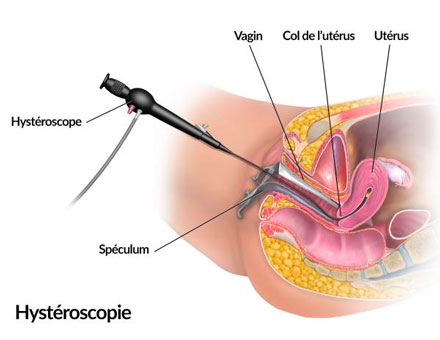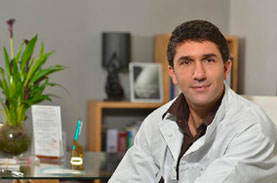Hysteroscopy in Nice
Surgical procedure that takes place inside the uterus via the introduction of a mini camera
Hystéroscopie diagnostique

Extraperitoneal caesarean section

Dr. Velemir is one of the ten gynecologists-obstetricians to practice extraperitoneal caesarean section in France. The technique of extraperitoneal cesarean section is still unknown, almost confidential, it has great benefits for moms and their babies. With extraperitoneal caesarean section, the sequelae and the risk of complications are reduced.
Learn more about extraperitoneal caesarean section.
What is a hysteroscopy?
This is a procedure in which a mini camera is inserted into the uterus to examine and operate within the uterus.
What is the interest of this technique?
This minimally invasive process facilitates the diagnosis and treatment of many intrauterine problems such as:
The limits of the examination and of this intervention are moderate and the benefits substantial.
What happens during a hysteroscopy?
We distinguish between the diagnostic hysteroscopy and the operative hysteroscopy.
The diagnostic hysteroscopy consists of examining the uterus by introducing a device called a hysteroscope via the vagina. As the examination is performed via the birth canal, there is no scar. To perform the hysteroscopy, it is necessary to fill the uterine cavity with a liquid to obtain a good view of the inside of the uterus. Saline is most often used.
What happens during an operative hysteroscopy?
This is a real surgical procedure that takes place within the uterus. A mini camera is always inserted into the uterus through the birth canal (vagina and cervix) and some operatory actions are performed using various small instruments.
The duration of the operative hysteroscopy is rarely more than 30 minutes. It can only be performed in an operating room under general or local-regional anaesthesia (spinal).








